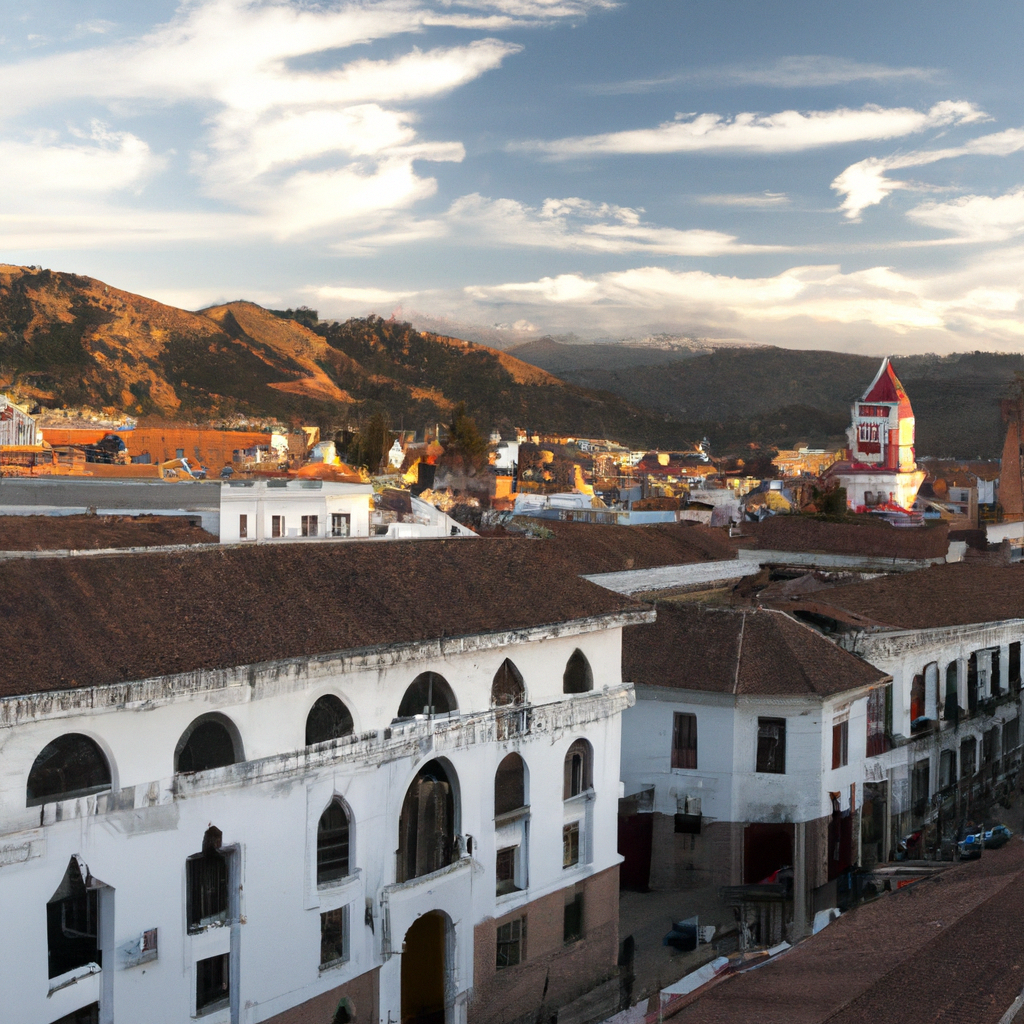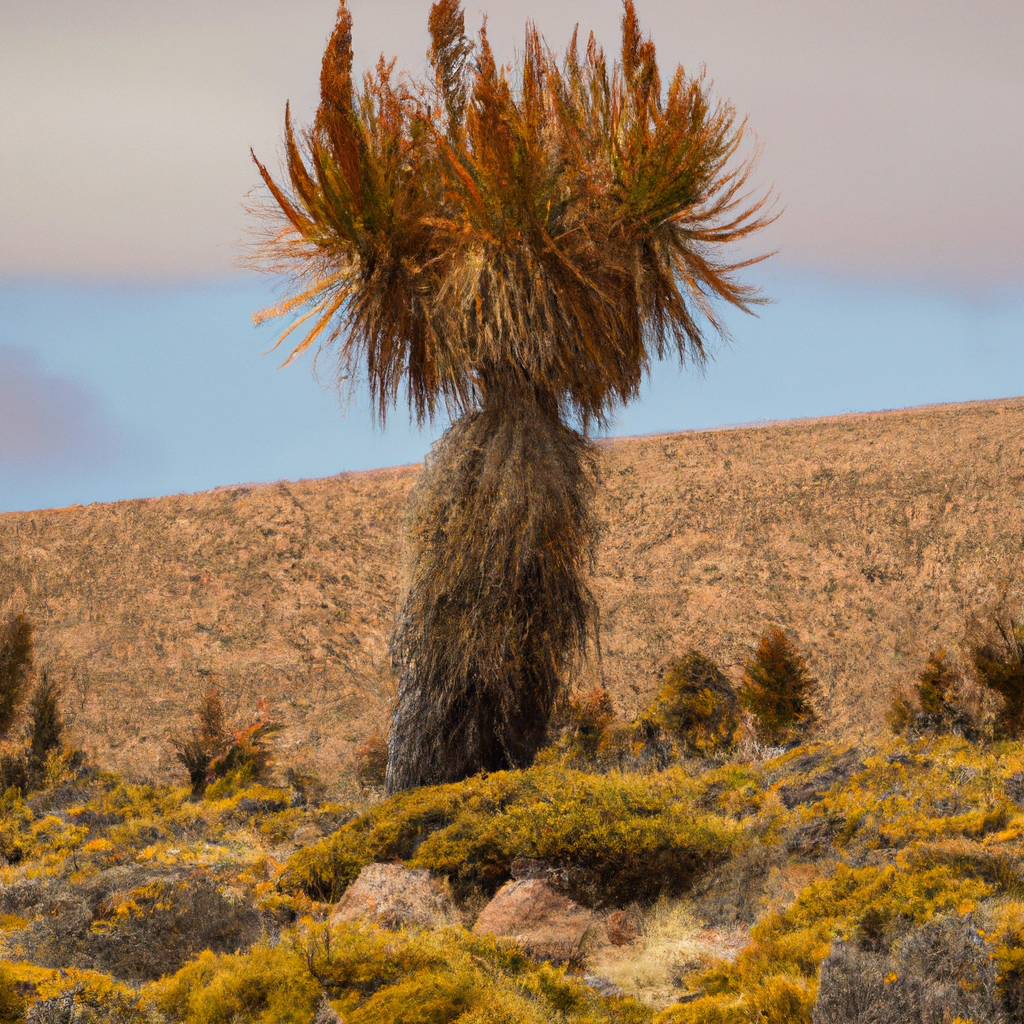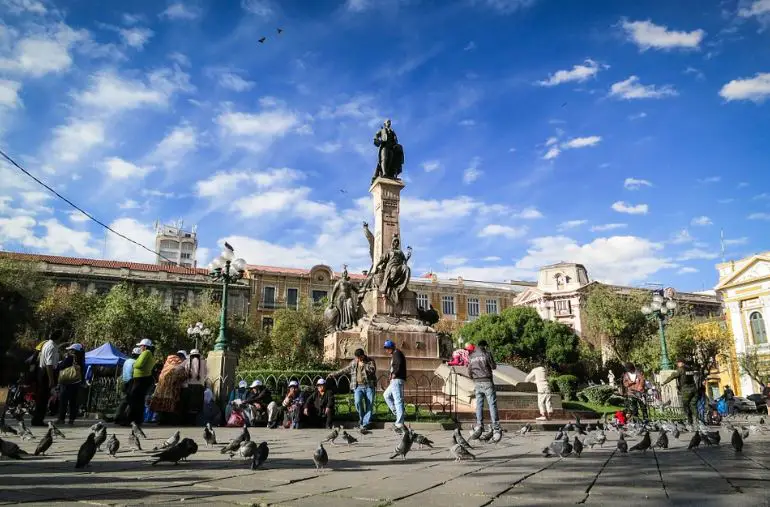Sucre Historic City In Bolivia: Overview,Prominent Features,History,Interesting facts
Overview:
Sucre is the constitutional capital of Bolivia, located in the south-central region of the country. The city is filled with rich colonial architecture, vibrant markets, and the stunning Palace of La Glorieta. On its Plaza 25 de Mayo, the gigantic bronze sculpture of Simón Bolívar stands tall to commemorate the country’s struggle for independence. Visitors will also enjoy the traditional festivals and events that take place in the city. It is a UNESCO World Heritage Site. You can learn history, culture, and heritage through these magnificent monuments in Bolivia
Prominent Features:
1. La Catedral Metropolitana de Sucre: The Cathedral Metropolitan of Sucre is a landmark in this vibrant city. Built in the 16th century, it is the only construction of its kind and is full of history and symbolism. 2. Plaza 25 de Mayo: This is the main square of Sucre and an important and central part of the city. This square is lined with shops, cafes, and local restaurants. It is also home to the Monumento a la Libertad, a memorial dedicated to Bolivia’s independence. 3. Casa De Libertad: The Casa de Libertad is a historical building that served as a prison for Bolivian revolutionaries during the war for independence. Today, it serves as a museum that tells the stories of those who fought for freedom. 4. Recoleta: This stunning religious complex dates back to 1604 and is a popular tourist attraction in Sucre. It is home to some of the most stunning colonial architecture and design, making it a must-see for those visiting the city. 5. Convento de Santa Teresa: This convent is a popular stop for many travelers as it was home to Santa Teresa de Jesús, a famous 16th-century Spanish mystic. When visiting, visitors can peruse the artwork, wander through the gardens, and take a glimpse at the quaint chapel. This national monument of Bolivia portrays the history and culture of the country.
History:
Sucre is the constitutional capital of Bolivia and the seat of government for the departmental government of Chuquisaca. It is internationally known as the 'Ciudad de los 4 Nombres' or the City of Four Names, as it has been known throughout its known history by four different names; La Plata, Charcas, Chuquisaca, and Sucre. The exact origin of the city's name is uncertain. Many believe it is named after the ancestral leader who founded the city, Antonio José de Sucre, who was a famous South American liberation hero from Venezuela. The city is also thought to be named after the Sucre River which was once a large tributary of the nearby Pilcomayo River. Sucre's history dates back to 1538 when the Spanish conquistador, Don Pedro de Anzures, and his force of soldiers arrived at La Plata, seeking to expand New Spain's dominion into the South American interior. The city was strategically located on a plateau near the Chuquisaca River and the Pilcomayo River. It was used as a base as the Spanish sought to explore and conquer the surrounding areas. Sucre was declared the capital of Chuquisaca in 1601 and attracted many settlers from Spain and other parts of the Americas. Its mild climate, wealth of minerals, and agricultural abundance made it an attractive settlement. By the mid-19th century, it was one of the largest cities in Bolivia and was known for its educational institutions, as well as its manufacturing and textile industries. The city also served as an important center for trade and commerce between the interior of Bolivia and the coast. Despite its importance, Sucre suffered greatly during the struggles for independence and the constant political turmoil that followed. The city was besieged several times and eventually fell into near-ruin. It was not until the late 19th century, when Marshal Antonio José de Sucre was chosen as president of Bolivia, that the city began to recover. Today, Sucre is one of the most popular tourist destinations in Bolivia. It is a charming city that has retained much of its original architecture and many of its historic sites. It is home to several important educational and religious institutions, as well as many lively music and theatre venues. It also offers stunning landscapes and nature areas, making it an ideal base for exploring the surrounding region. You must visit one of these historical places in Bolivia on your Bolivia tour
Interesting facts:
1. Sucre is the constitutional capital of Bolivia. 2. It is one of the oldest cities in Bolivia, with evidence that dates back to 1538 when it was founded by the Spanish conquistadors. 3. Sucre is recognized by UNESCO as a World Heritage Site. 4. The city is home to a variety of colonial architecture, including some of the most prominent religious monuments in all of South America. 5. Once known as La Ciudad de la Plata (City of Silver), Sucre was an important center for the production of silver coins during the colonial period. 6. Known as the "City of Four Names," Sucre has gone by La Plata, Charcas, La Plata de la Nueva Toledo, and Sucre. 7. The city is also often referred to as "La Ciudad de los Cuatro Nombres," which translates to "The City of Four Names." 8. The Catedral Metropolitana de Sucre is one of the world's most beautiful cathedrals, and is the oldest in Bolivia. 9. Sucre is the birthplace of many of Bolivia's 19th century Liberators, including Simon Bolivar and Antonio Jose de Sucre. 10. Every year the city hosts the National Folklorica Dance Festival, which features some of the most spectacular traditional and folkloric dance performances in South America. Visit one of the famous monuments of Bolivia with your friends and family.
Explore Bolivia most popular tourist destination with us. Sucre Historic City In Bolivia: Overview,Prominent Features,History,Interesting facts,which is 35.14 km away from Bolivia main town, is the most popular destination to add in your travel wishlist.
-
City:
Bolivia
-
state:
Sucre
-
country:
Bolivia
-
country code:
BO
-
postcode:
2121
Location:
Sucre Bolivia














